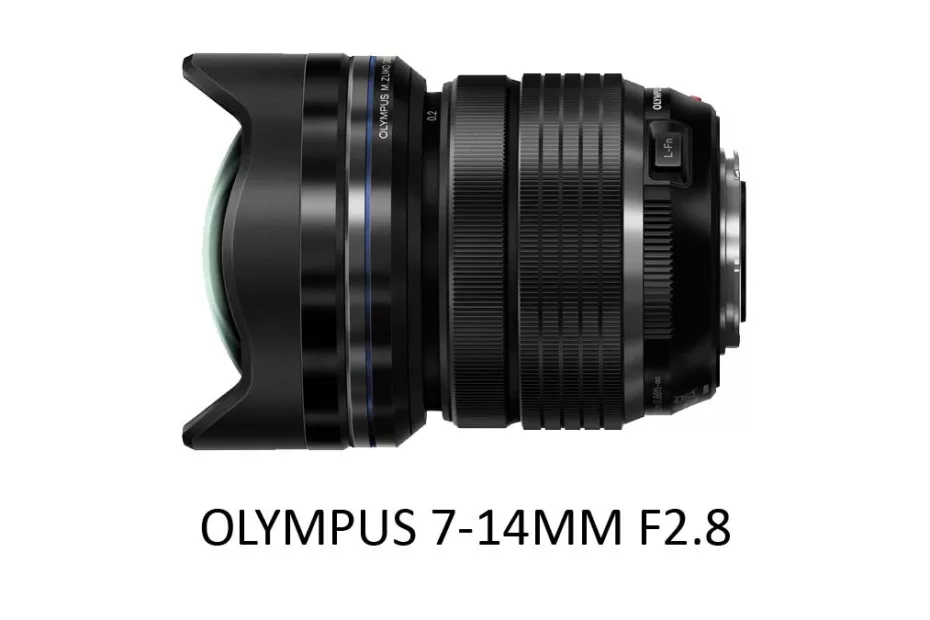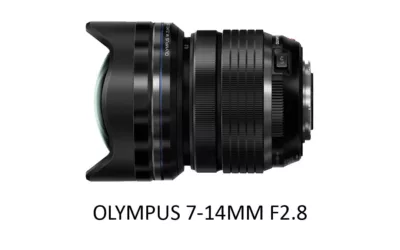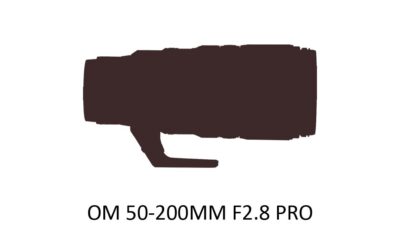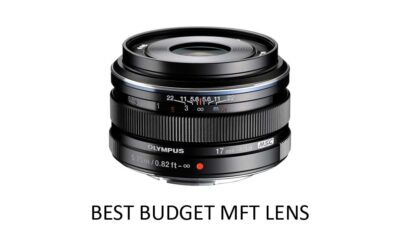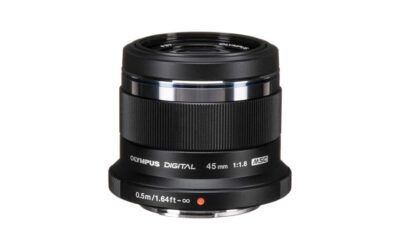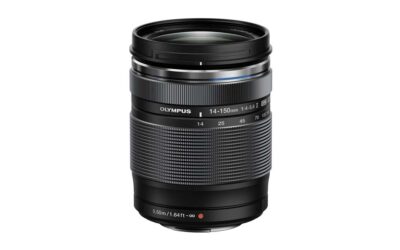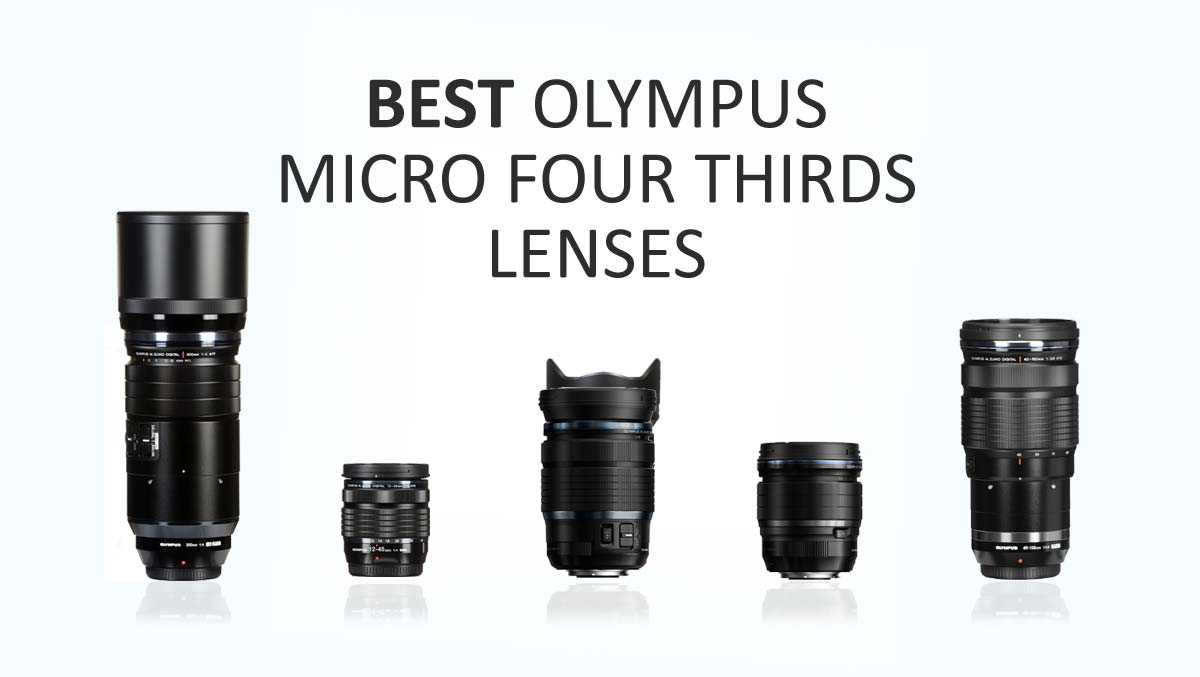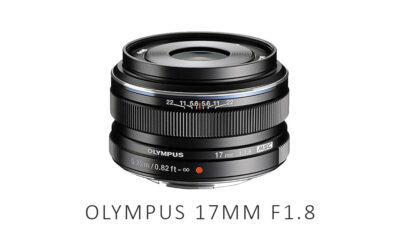The Olympus 7-14mm F2.8 Pro is super-sharp, beautiful to hold and use, and capable. In other words, the Olympus 7-14mm is a lens you’ll likely fall in love with. But, the Olympus 7-14mm suffers a significant problem – the Olympus 8-25mm F4 Pro.
For many, the cheaper and lighter Olympus 8-25mm F4 Pro is the more practical option thanks to its absurdly useful focal range, semi-macro magnification, and compatibility with threaded filters. Thus, while I love the Olympus 7-14mm F2.8 Pro, I’d rather carry the 8-25mm. Jump to Conclusion
Table of Contents
- What is the Olympus 7-14mm F2.8 Pro
- Olympus 7-14mm F2.8 Pro Features.
- Olympus 7-14mm F2.8 Image Quality
- Olympus 7-14mm F2.8 Pro Shooting Experience
- Olympus 7-14mm F2.8 vs Olympus 8-25mm F4 Pro
- Conclusion
- About the Author
What is the Olympus 7-14mm F2.8 Pro
The Olympus 7-14mm F2.8 is an ultra-wide zoom lens for Micro Four Thirds cameras aimed squarely at landscape, architecture, and night-sky photographers.
Focal Length
The Olympus can shoot at any focal length between 7mm and 14mm, enabling it to soak up any angle of view between a smartphone-like 75 degrees and an absurdly wide 114 degrees. In other words, the Olympus 7-14mm offers up a full-frame equivalent focal range of 14 to 28mm. Read What is Focal Length in Photography
Aperture
The Olympus 7-14mm enjoys a constant and large F2.8 aperture throughout its entire focal range. As a result, the Olympus can soak up twice as much light as an F4 lens, making the Olympus 7-14mm a good choice for astrophotography. Read What is Aperture in Photography
Maximum Magnification
The Olympus 7-14mm can project objects onto your micro four-thirds sensor at 24% of their original size. Thus, the Olympus 7-14mm is a moderately effective lens for shooting smaller objects up close.
HIGHLIGHTED SOFTWARE DEAL – ARTICLE CONTINUES BELOW

TOPAZ PHOTO AI 2
NOW US$199. READ TOPAZ PHOTO AI REVIEW
Olympus 7-14mm F2.8 Pro Features.
As a Pro lens, the Olympus 7-14mm has dust, splash-proof metal construction, plus ghost and flare resistant Zero-coated optics. A built-in lens hood protects the bulbous front element. Unfortunately, the hood cannot be removed nor host regular threaded lens filters.
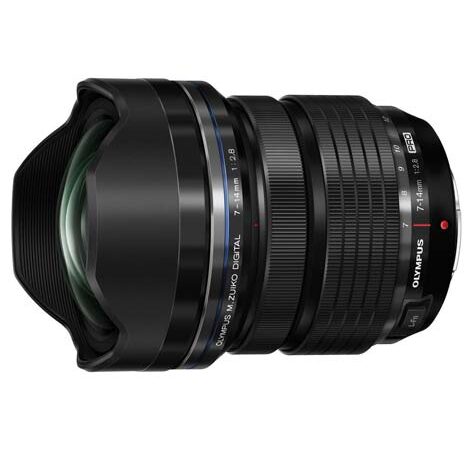
Control-wise, the Olympus 7-14mm F2.8 features a single custom button and zoom and focus rings. Pulling down on the focus ring reveals a focus scale and switches the lens to manual focus mode – a feature all premium lenses deserve.

Towards the rear, you’ll find the single L-fn button to which you can assign various features, such as an AF limiter or Focus Peaking. Which features you can assign to this button depends on the camera you attach the lens to.
The Olympus 7-14mm F2.8 Pro does not feature optical image stabilization and relies on your camera’s inbody image stabilization. This is of no concern, and I was able to take sharp, 9-second handheld exposures with it paired with an Olympus OM-D M1ii.
If you are an OM-1 fan, the Olympus 7-14mm F2.8 complies with that camera’s IP53-rated weather sealing. However, the 7-14mm is incompatible with the OM-1’s hyper-fast 50fps mode, and you’ll be limited to just 25fps. Read OM-1 Review.
Olympus 7-14mm F2.8 Image Quality
Regarding real-world shooting, the Olympus 7-14mm F2.8 appears extremely sharp from F2.8 and beyond. In other words, I have zero complaints.
However, the Olympus 7-14mm F2.8 Pro is built to rely on digital assistance and, without, exhibits significant barrel distortion when set to 7mm. Furthermore, while the lens is extremely sharp at the center, it becomes much softer towards the corners.
Most of these objections are limited to test conditions, such as shooting 2D test charts. While I find such tests mentally stimulating, I’m unsure how well they relate to real-world shooting. For more information, check out Optical Limit’s Review.
Olympus 7-14mm F2.8 Pro Shooting Experience
The Olympus 7-14mm F2.8 Pro is a hugely impressive lens. It’s pleasing to the eye, and the metal construction feels great – especially compared to the plastic Nikon lenses I grew up on. But despite its substantial and weighty feel, the lens is surprisingly compact and bag-friendly. Overall, the Olympus 7-14mm F2.8 is a beautiful lens.

In terms of operation, the Olympus 7-14mm’s highlight is the manual focus clutch, which feels good to use and is an entirely practical feature for the types of photography for which the lens was built. The metal and knurled zoom ring feels smooth and offers just enough resistance.
Unfortunately, things went downhill when I began shooting. Specifically, at 7mm, the Olympus 7-14mm lens is absurdly wide and, most of the time, too wide. As a result, I’d often zoom in, and it doesn’t take many twists of the wrist to ever-so quickly arrive at the 14mm dead end. Consequently, I found myself swapping lenses more often than I liked.

Furthermore, I rarely set the Olympus 7-14mm to its largest and brightest F2.8 aperture since I mostly photograph landscapes and need the depth-of-field found at smaller apertures. Thus, it occurred to me that as much as I love the Olympus 7-14mm F2.8 Pro, I was enduring its shortcomings rather than exploiting its unique selling points.
This begs the question, who will take advantage of the Olympus 7-14mm specialized feature set? Well, the short answer is Astrophotographers. Starry-eyed photographers will love combining the Olympus’s shutter speed-friendly 7mm focal length and light-soaked F2.8 aperture. But, for everyone else, the lust-worthy Olympus 7-14mm F2.8 is wasted, especially considering what you can buy instead.
Olympus 7-14mm F2.8 vs Olympus 8-25mm F4 Pro
The Olympus 7-14mm F2.8 Pro’s biggest problem is the Olympus 8-25mm F4 Pro. Like the 7-14mm, the Olympus 8-25mm F4 features Zero-coated razor-sharp optics, a metal construction, weatherproofing (IP53-rated – no less), a manual focus clutch, and a customizable L-fn button. In other words, the 8-25mm feels just as premium as the 7-14mm.
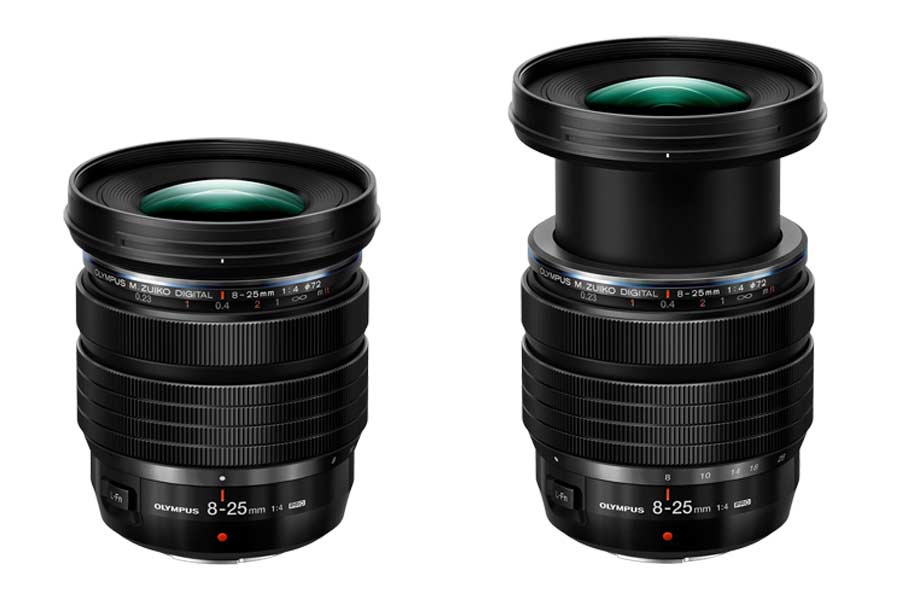
But, the Olympus 8-25mm F4 Pro is smaller, lighter, cheaper, and is perhaps the most versatile ultra-wide zoom lens ever built. Its 8-25mm focal length provides every angle of view between 47 and 107 degrees and an outstanding magnification factor of x.42. In other words, the Olympus 8-25mm F4 Pro might be the first ultra-wide lens that can be used for everyday photography.
However, versatility doesn’t come free. For instance, the 8-25mm isn’t quite as wide as the Olympus 7-14mm (107 vs 114 degrees), and its F4 aperture is half as bright as that of the 7-14mm F2.8 Pro.
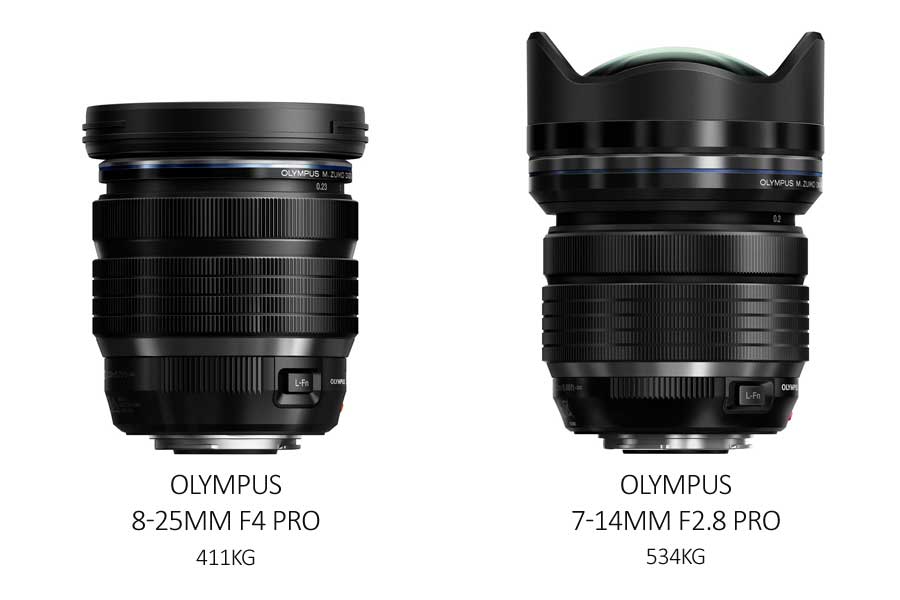
Therefore, if you love Astrphotography, you’d be better off sticking with the twice-as-bright Olympus 7-14mm F2.8 Pro. But for depth-of-field-seeking landscape photographers, the Olympus 8-25mm F4 Pro is more useful more often.
Get Discounts on Photo Editing Software
Subscribe to my weekly newsletter and be notified of deals and discounts on photography software from ON1, Adobe, Luminar, and more. Spam Promise: Just one email a week, and there’s an unsubscribe link on every email.
Conclusion
Judged for what it is, the Olympus 7-14mm F2.8 Pro is an outstanding lens and a beautiful product in general. Yet, what makes the Olympus 7-14mm so special will be wasted on many.
Specifically, the lens’s extreme and all-too-brief focal range makes the 7-14mm a specialty tool – another way of saying less useful to more people. This issue is compounded by the existence of the Olympus 8-25mm F4 Pro, another premium-grade lens with an absurdly helpful focal range and the ability to accommodate screw-on filters.

Of course, the 7-14mm is a little wider and features a twice-as-bright F2.8 aperture. However, many landscape photographers will choose a smaller aperture for the sake of extended depth-of-field, thus leaving one of the 7-14mm F2.8’s main selling points redundant.
However, an area in which the Olympus 7-14mm will shine is Astrophotography, where its 7mm focal length and bright F2.8 aperture can be combined for longer and brighter exposures.
Overall, the Olympus 7-14mm F2.8 Pro is an excellent lens designed to meet the needs of a niche made even smaller with the release of the Olympus 8-25mm F4 Pro. However, if you can exploit what it offers, the Olympus 7-14mm F2.8 Pro is impressive.
Subscribe to my weekly newsletter and receive deals and discounts on photography software and gear. Subscribe Now.
About the Author

